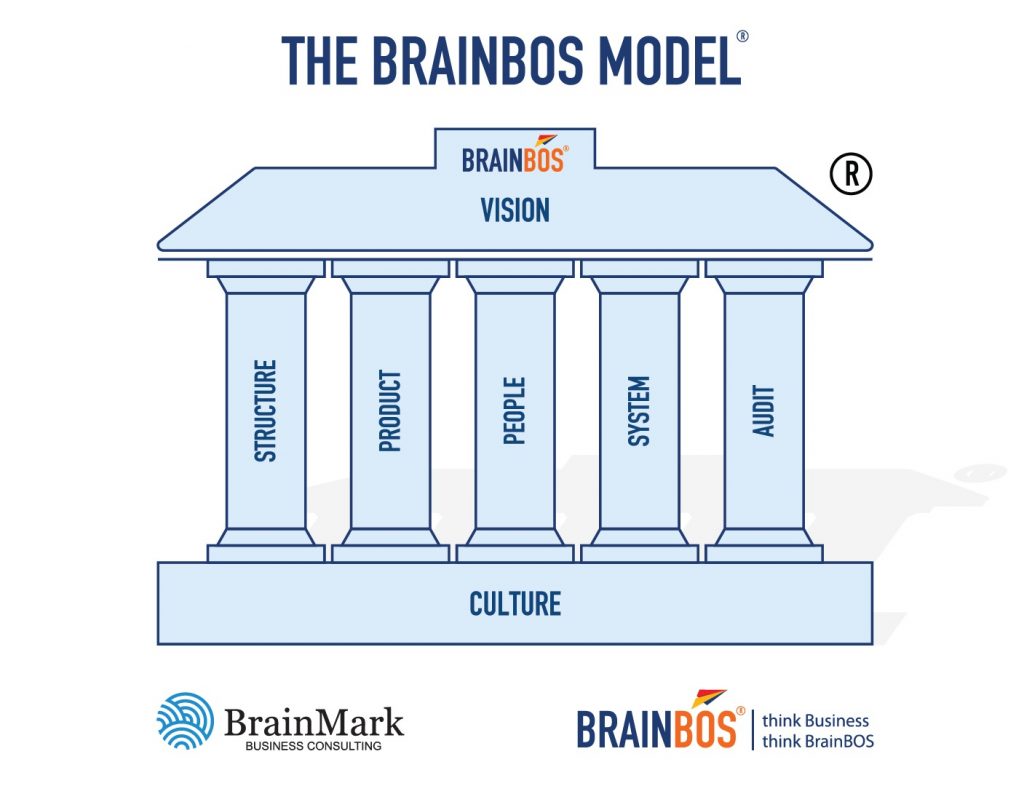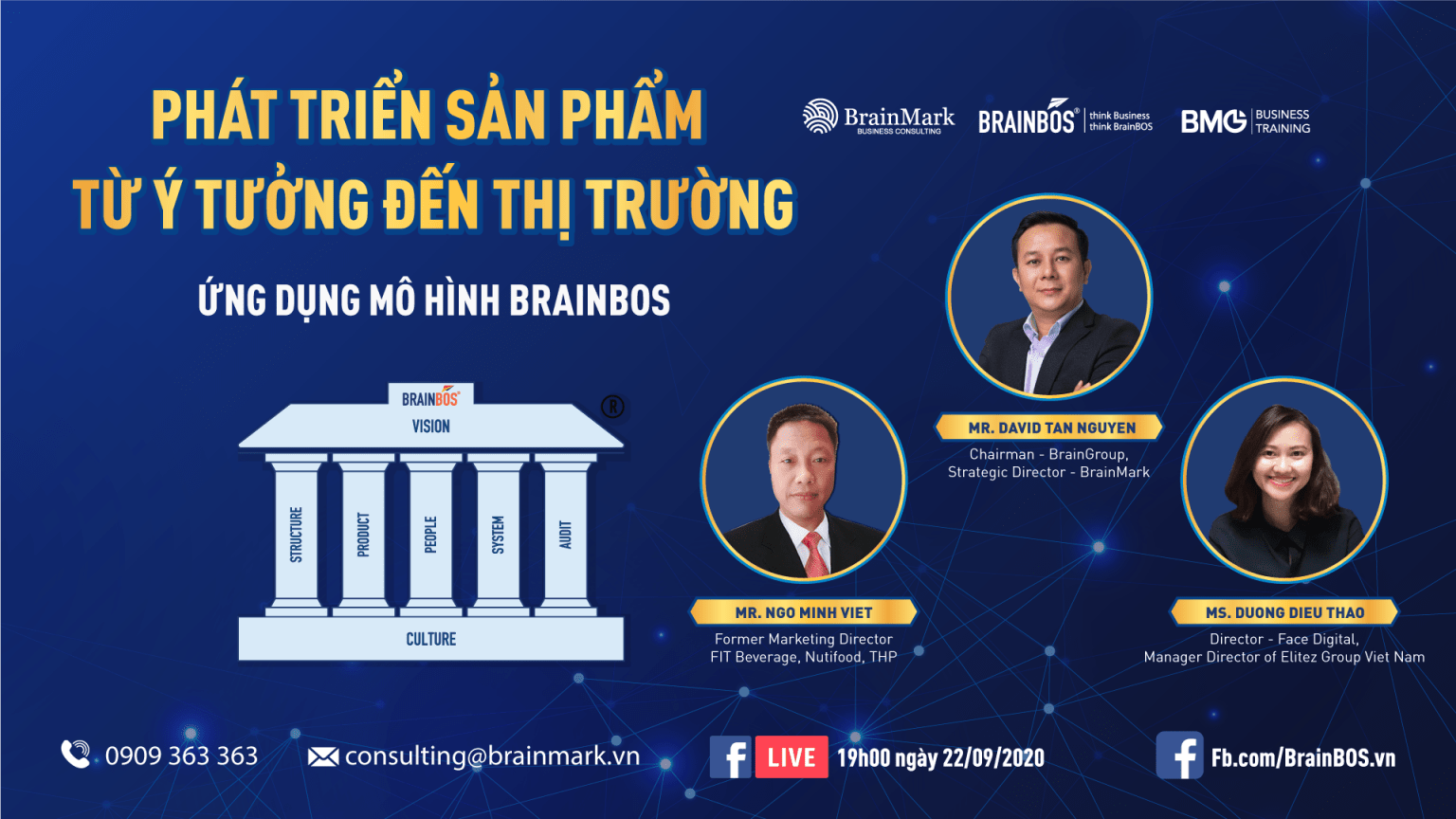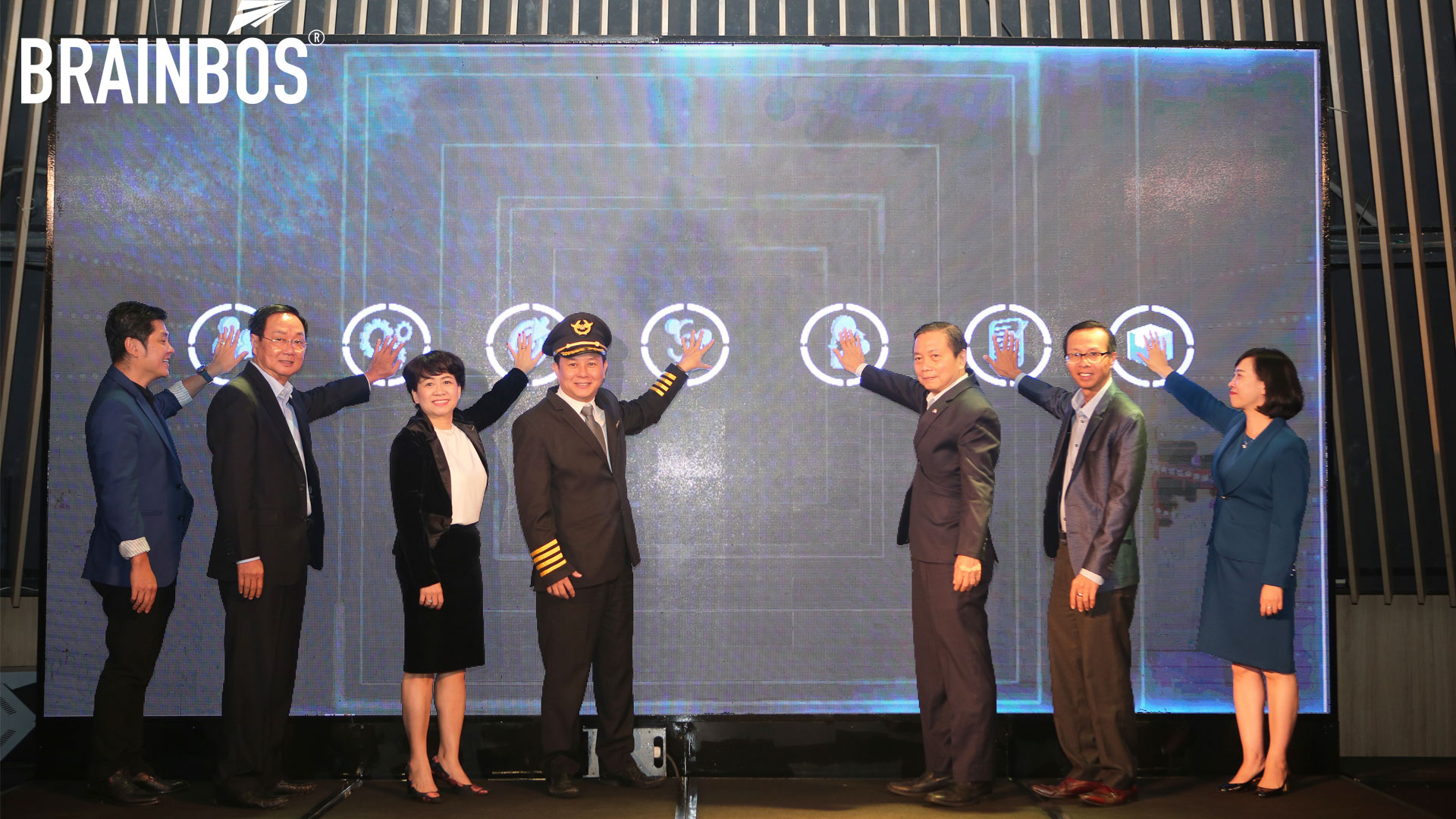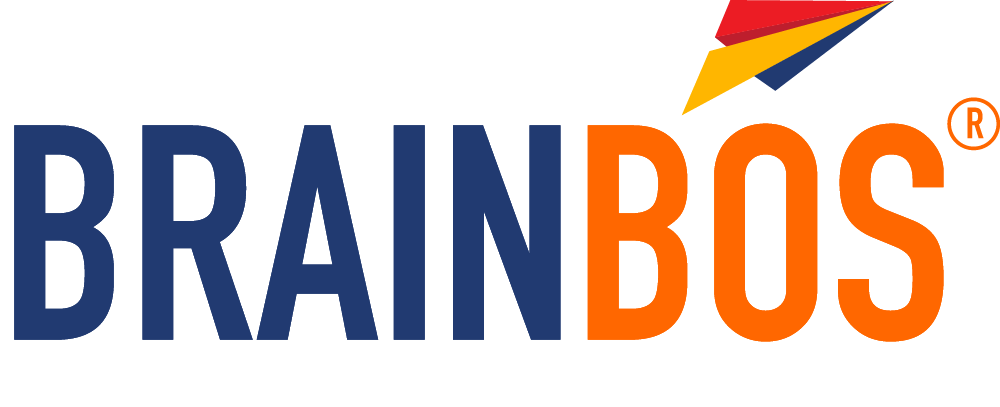In order to help businesses grow sustainably or add internal resources to survive the Covid-19 period, many Vietnamese businesses are looking for applying different scientific management models. However, many businesses have failed because they encountered resistance from middle-level managers, without an effective control department.
To overcome the difficult period, it is compulsory that the CEOs arrange and restructure the business. In Covid-19, the first solution often applied by business owners is to arrange the apparatus neatly, reduce costs (such as markeing, training, salary, bonus); however, the reality shows that it is just a solution for each situation, not radical and create the sustainability of the business. What is the reason of this issue?
According to my 20 years of experience in business, most CEOs in Vietnam have got a “serious illness” that is join in solving the problem too much. Therefore, the overall ability and strategic planning are not given priority, leading to a lack of professional and effective management of the business.
What is the solution for this situation, especially when the Covid 19 pandemic is happening unpredictably in current?
In my opinion, the application of a suitable and advanced management model in the current period is the wiser choice of each Chairman – CEO. It should be noted that the model must stimulate growth, towards the sustainable development of the business.
In the world, there are many growth models that satisfy all of the above goals, after many “weigh and measure”, we have chosen BrainBOS to bring to Vietnam, because if this model is created successfully, the story of “though the boss hang out, the job is still run” in Vietnam will no longer be the slogan or dream of the CEO; that is possible.
BrainBOS (Brain Business Operating System) is an advanced management model with 7 key elements that create the value of a business: Vision, Structure, Product, People, System, Implementation, Culture. If “Vision” is compared to the roof, “Culture” is the foundation. Houses that want to be steady, it must have supports. “Structure, Product, People, System, Implementation” are the five solid pillars that creat the “BrainBOS Management House”.

In my opinion, if a business wants to successfully apply the BrainBOS growth management model, it must start from building a “Vision” including mission, vision, core values, business philosophy, goals in 5 years. Businesses must know what their mission is; where will they go in the future; What are the core values that they have always pursued; In the next 5 years, how much they have to achieve in terms of sales, market share, profits.
After “Vision” is the process of business restructuring; Specifically, a lot of things need to do such as reviewing – completing the organizational structure, functions – tasks of each functional department, staffing personnel, job description of each position.
With the “Product” pillar, the work to be done is “packed” by an 8-step process: building product development process, market research, customer segmentation, brand location, product development, product pricing, building distribution strategy, building communication strategy. With the “People” pillar, the most difficult thing is still recruiting the right people and assigning the right jobs. If you want to do that, we must build a capacity assessment system.
Next is the completion of the “System” pillar with a series of tools such as KPI, Salary 3P, AOP, and then building an implementation – control and finally building corporate culture.
Two biggest reasons make the application of scientific management model of business fail
When we brought BrainBOS back to Vietnam, we had to Vietnameseize partially to synchronize with the mindset and the culture of Vietnamese. In the model, the part “Vision” and “Culture” are the two most modified parts. Because in Vietnam business owners are often unfamiliar with the long-term vision of more than 5 years, BrainMark Vietnam changes the vision to a maximum of 5 years. In which, emphasizes specific goals to guide the 5-year strategy.
The part “Culture” (the foundation of the model) is the part that has been changed a lot to suit the way of making the “Vietnamese business style” culture (both a slogan and an action). In the BrainBOS model applied in Vietnam, there are 7 main parts from building ideology to composing cultural manuals to communication, training, compliance assessment which are adjusted to the reality of Vietnam.
Therefore, when applied at groups, businesses such as Lasuco Group, Vinh Hoan, Saigon Food, and so on. The model has brought into play its advantages very well, better than the solutions to build normal corporate culture.
The biggest barrier and difficulty when BrainBOS model is applied for Vietnamese businesses is the asynchronous thinking of middle-level managers, although senior leaders are looking forward to deploying as soon as possible. The basic reason is that management members do not want to change to a conservatism, they think that without time to change, they are doing the same way and they think that’s okay.
It is said that “There will be no way to the destination without going”. Thus, when the leaders decide to apply, these conservatives poeple oppose in the thought that the model does not work absolutely. This is the first barrier.
The next problem is Vietnamese businesses often do not have effective control department, so when applied, the performance of departments increases, but not alike which will not be recognized and evaluated clearly.
Therefore, with experience in consulting and implementing for many businesses in Vietnam, I recommend that during the construction of “BrainBOS Management House” or any other management model process, Vietnamese businesses need special interested in the execution and control of strategy and goals.
Because many businesses formulate and detailed strategies, but in the end, they still do not reach the goals. The reason is the lack of a team of enforcement and control. All businesses are the same without these two teams, all plans are just plans. Executing fast, tight and regular control will make the application of management models higher.
Related posts

A branding vision for leadership

Livestream No. 4: Develop products from the concept to the market

Sai Gon Entrepreneur Newspaper: CREATIVE Growth Power Model officially launches the Business Community


